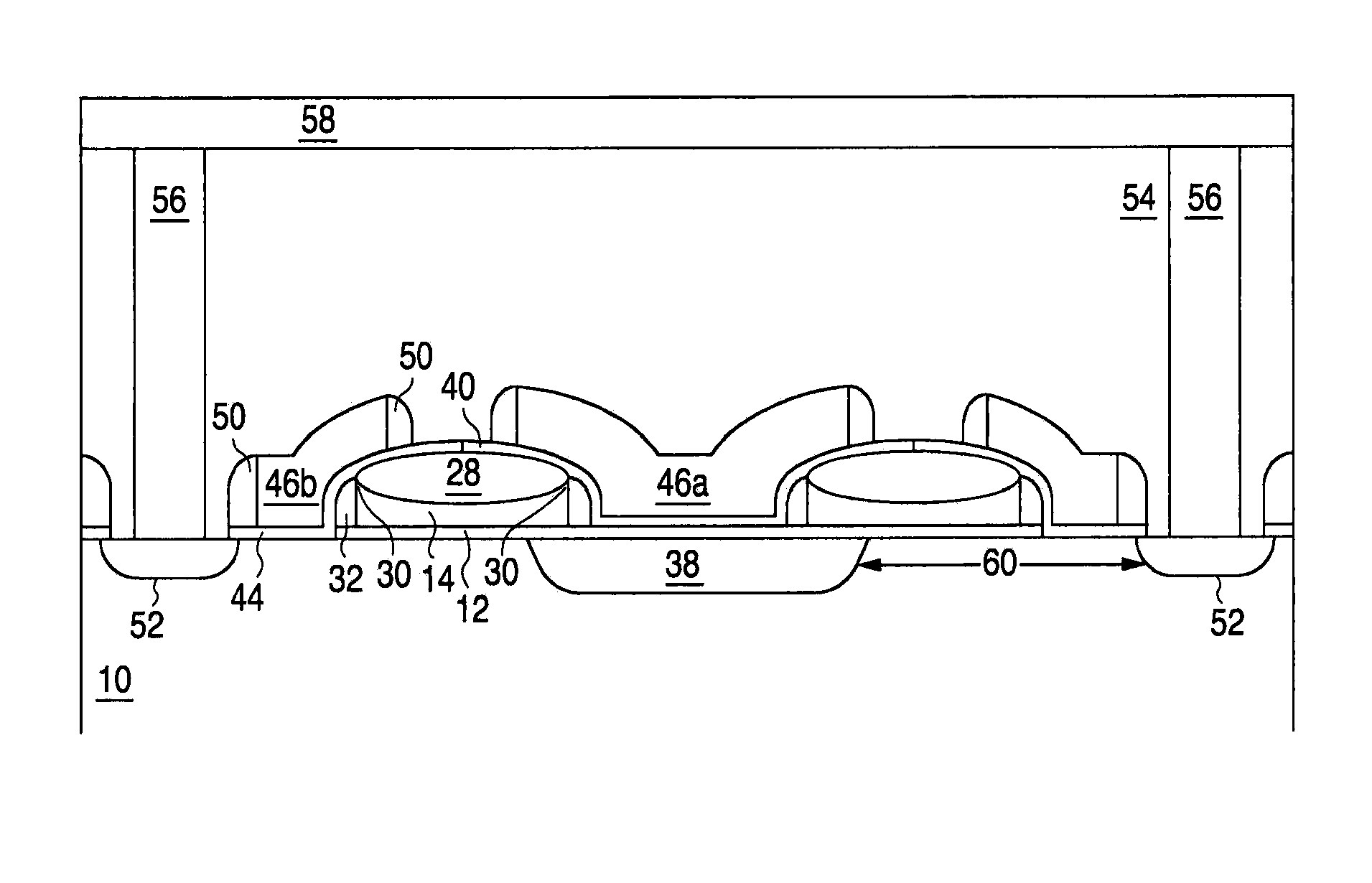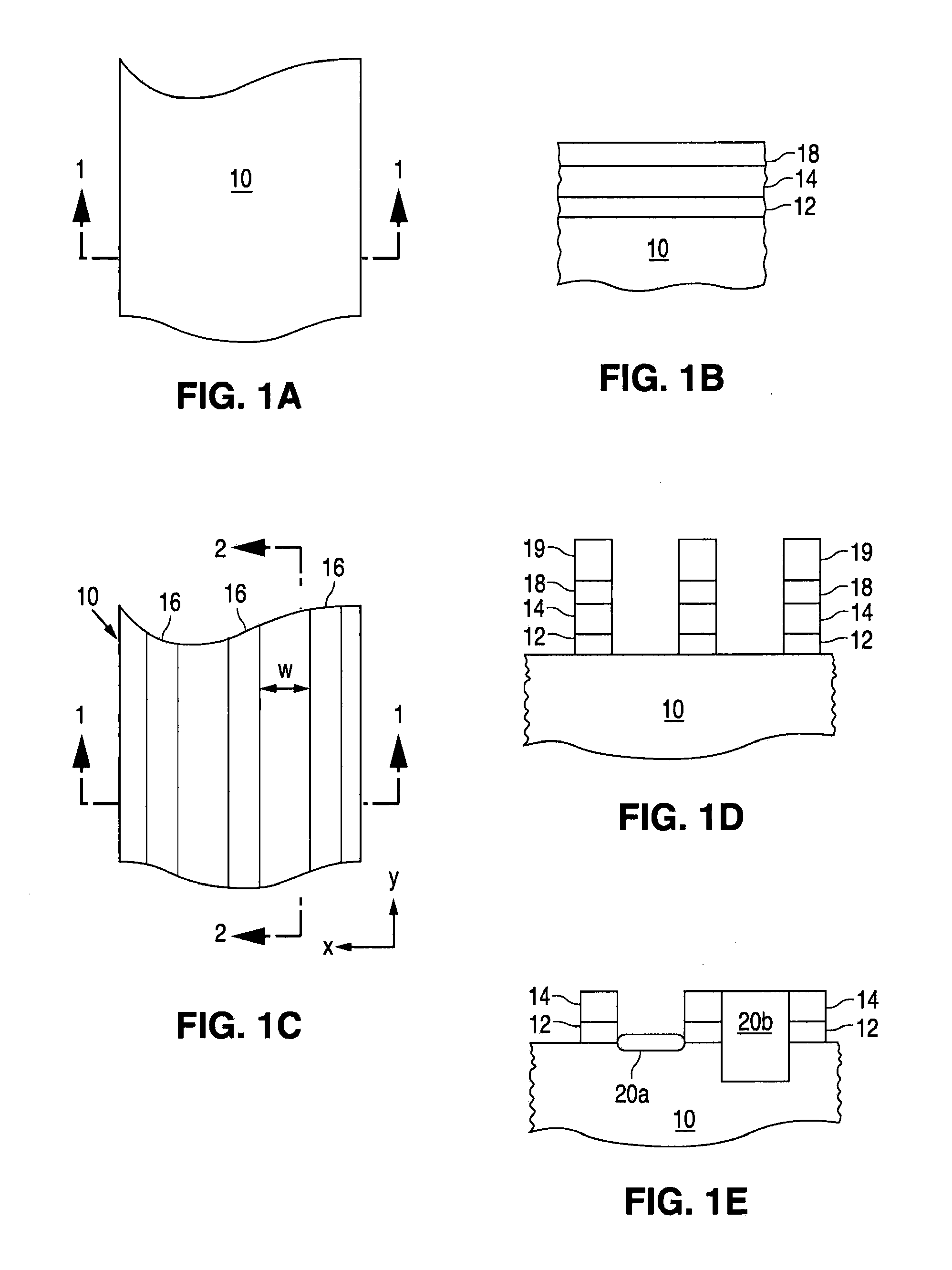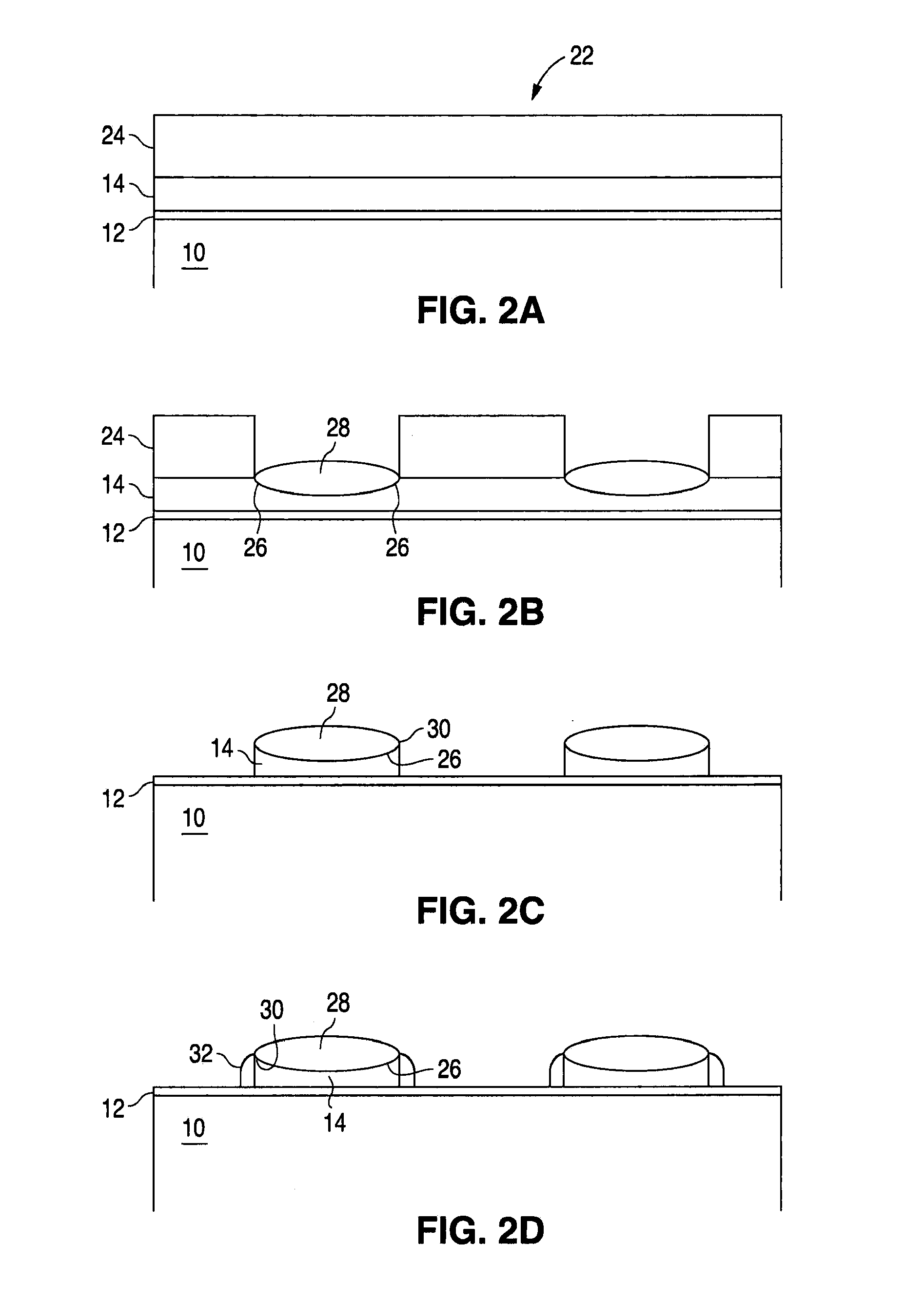Semiconductor memory array of floating gate memory cells with program/erase and select gates
a memory cell and memory array technology, applied in semiconductor devices, solid-state devices, instruments, etc., can solve the problems of limiting the operational window between read current and leakage current on unselected cells, and achieve the effect of high cell read curren
- Summary
- Abstract
- Description
- Claims
- Application Information
AI Technical Summary
Benefits of technology
Problems solved by technology
Method used
Image
Examples
Embodiment Construction
[0018]It should be noted that, as used herein, the terms “over” and “on” both inclusively include “directly on” (no intermediate materials, elements or space disposed therebetween) and “indirectly on” (intermediate materials, elements or space disposed therebetween). Likewise, the term “adjacent” includes “directly adjacent” (no intermediate materials, elements or space disposed therebetween) and “indirectly adjacent” (intermediate materials, elements or space disposed therebetween). For example, forming an element “over a substrate” can include forming the element directly on the substrate with no intermediate materials / elements therebetween, as well as forming the element indirectly on the substrate with one or more intermediate materials / elements therebetween.
[0019]Isolation Region Formation
[0020]Referring to FIG. 1A there is shown a top plan view of a semiconductor substrate 10, which is preferably of P type and is well known in the art. A first layer of insulation material 12, ...
PUM
 Login to View More
Login to View More Abstract
Description
Claims
Application Information
 Login to View More
Login to View More - R&D
- Intellectual Property
- Life Sciences
- Materials
- Tech Scout
- Unparalleled Data Quality
- Higher Quality Content
- 60% Fewer Hallucinations
Browse by: Latest US Patents, China's latest patents, Technical Efficacy Thesaurus, Application Domain, Technology Topic, Popular Technical Reports.
© 2025 PatSnap. All rights reserved.Legal|Privacy policy|Modern Slavery Act Transparency Statement|Sitemap|About US| Contact US: help@patsnap.com



